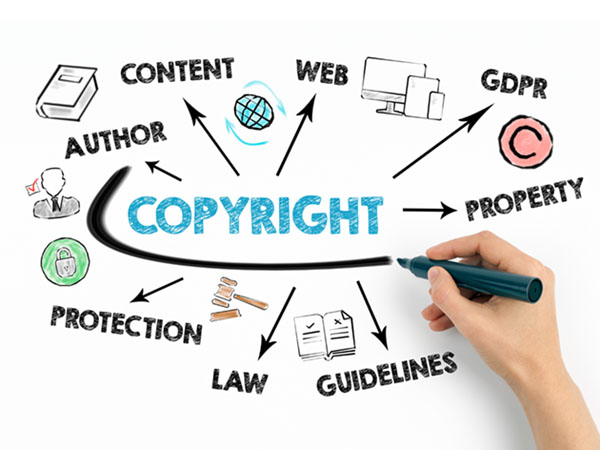



Factor | More Likely to Be Fair Use | Less Likely to Be Fair Use |
|---|---|---|
Purpose and character of use | Use is for nonprofit educational purposes | Use may involve commercial gain
|
Nature of the copyrighted work | Image is more factual/documentary in nature | Image is highly creative |
Amount and substantiality
| Using only a portion of the image | Using the entire image |
Effect on potential market | Use has little to no negative impact on the market value of the original work
| Use might have negative impact on the market value of the original work |

•In a classroom PowerPoint presentation: likely fair use, attribution needed •In a dissertation: may need permission if publishing online, depending on image and use •In a journal article: usually requires permission from copyright holder •On a public website: highest risk; permission typically needed unless clearly fair use




Level-up current events into dynamic learning!